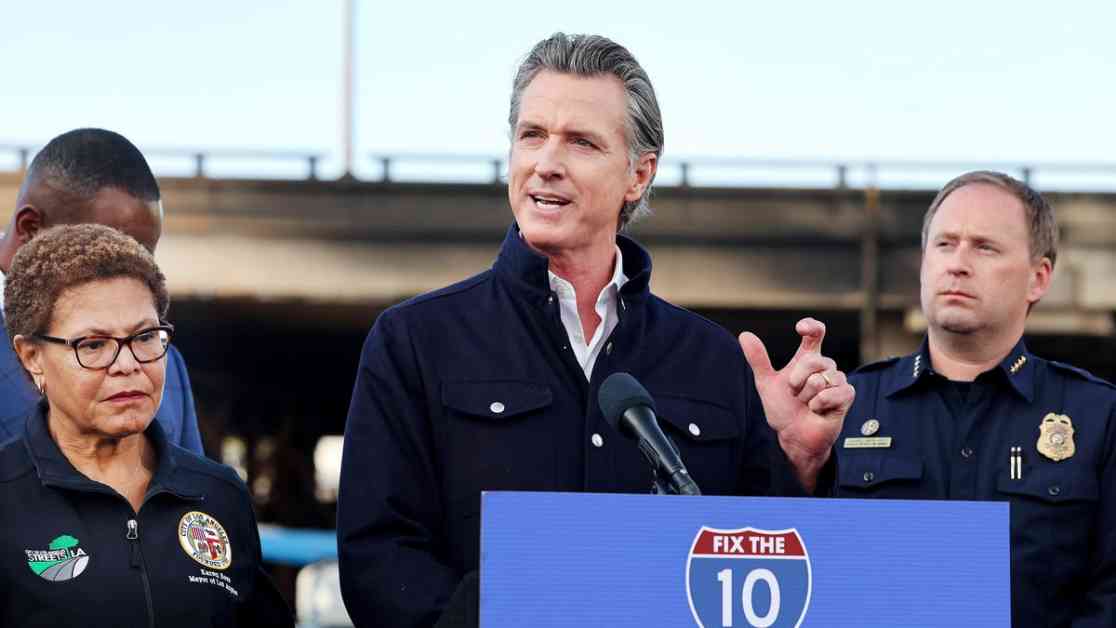California Governor Gavin Newsom recently made the decision to veto SB-961, a bill that aimed to require all vehicles in the state to be equipped with a passive intelligent speed assistance system by the 2030 model year. This system would have provided a warning to drivers if they exceeded the posted speed limit by 10 miles per hour, without actively slowing the car down against the driver’s will. The bill was seen as a potential measure to reduce the number of people killed in car crashes, as speeding was a significant factor in 28.6 percent of all traffic fatalities in 2022, according to NHTSA.
Similar systems have already been mandated for new cars in Europe since July, but Governor Newsom expressed concerns about creating a patchwork of regulations that could undermine the federal framework already in place for vehicle safety standards. He also pointed out that the National Highway Traffic Safety Administration (NHTSA) is actively evaluating intelligent speed assistance systems, and implementing state-level mandates could disrupt these federal assessments.
While Newsom’s decision was based on concerns about federal regulations and potential disruptions, some critics believe that he may have been influenced by political considerations. A survey commissioned by SEMA found that a majority of likely 2024 voters in California strongly oppose speed-limiting devices, with only a small percentage in support. SEMA President and CEO Mike Spagnola emphasized that Californians want to maintain control of their cars, rather than having the government dictate their speed.
It’s important to note that the intelligent speed assistance systems proposed in SB-961 were not designed to actively control a car, but rather to provide warnings to drivers who are exceeding the speed limit. These warnings are similar to existing safety features like seatbelt alarms, which have been in place for years without controversy.
While the debate over the use of speed-limiting technology continues, it’s clear that there are differing opinions on the best approach to improving traffic safety. Whether or not California will revisit the issue in the future remains to be seen, but for now, the focus remains on finding effective solutions to reduce the number of fatalities on the road.










